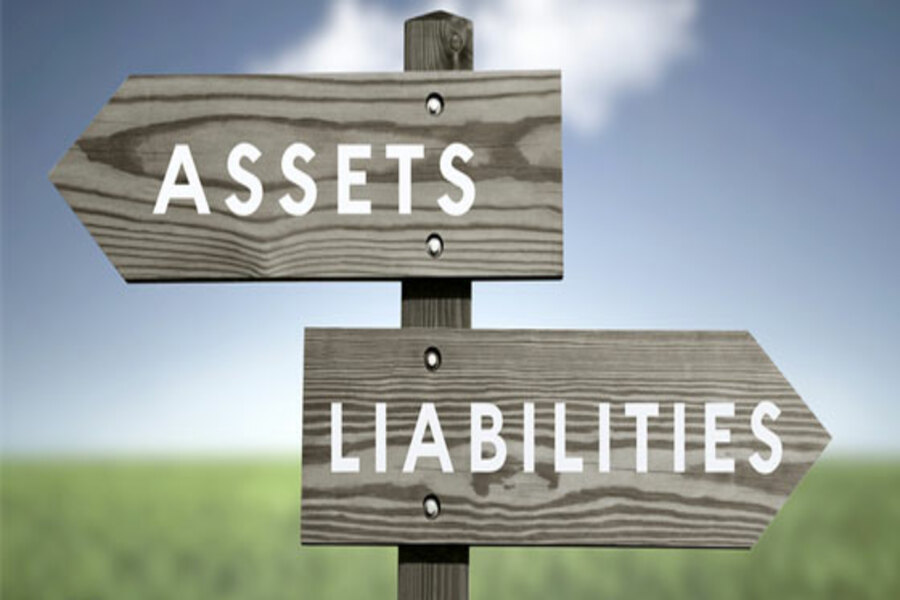How to Use the Cost Approach to Value a Business

The balance sheet — which shows a company’s assets and liabilities — is a logical starting point for valuing certain types of businesses. The cost (or asset) approach specifically focuses on this part of a company’s financial statements. Here’s an overview to help you understand this valuation technique.
How does it work?
When valuation professionals apply the cost approach, they convert the book values reported on the balance sheet to their respective fair market values. There are three key reasons that book value may not reflect fair market value to a hypothetical buyer or seller:
1. Use of historic cost. Under U.S. Generally Accepted Accounting Principles (GAAP), assets are recorded at historic cost. Over time, historic cost may understate market value for appreciable assets, such as marketable securities and real estate.
2. Cash or tax-basis reporting. Private companies that don’t follow GAAP may exclude accruals (such as accounts receivable and payable) and rely on accelerated depreciation methods that understate the market value of fixed assets.
3. Unreported items. Internally generated intangible assets — such as customer lists, brands and goodwill — are excluded from balance sheets prepared in accordance with GAAP unless they were acquired from other companies. Balance sheets also might not include contingent liabilities, such as pending litigation or an IRS audit.
Under the cost approach, it’s important to identify all the company’s assets and liabilities, including those that aren’t recorded on the balance sheet. This process often requires significant time and effort. In addition, revaluing certain assets — such as machinery, equipment and real estate — may require separate appraisals by outside specialists.
When might it be appropriate?
The cost approach is sometimes the preferred methodology for litigation purposes because it’s perceived as straightforward. This is often true for asset holding companies and those that rely heavily on their “hard” assets, especially when liquidation is imminent. It may also be useful when the parties present conflicting appraisal evidence.
For example, the Nebraska Supreme Court — in Bohac v. Benes Service Co., No. S-21-133 (Neb. Jan. 14, 2022) — turned to this approach to determine the value of a dissenting shareholder’s interest in a family-owned farming operation. In this case, both valuation experts agreed that the market approach didn’t apply because there were insufficient comparable transactions.
Here, the court ruled that the cost approach was appropriate — even though the business was a viable going concern — because the business relied heavily on tangible assets, such as equipment and parts inventory. Plus, the value derived using the cost approach was higher than the experts’ values derived from the income approach. So, the cost approach effectively provided a “floor” for the company’s value. The court opined that reasonable sellers typically won’t accept less than net asset value for a business unless they’re under duress to sell.
(This is Blog Post #1248)


